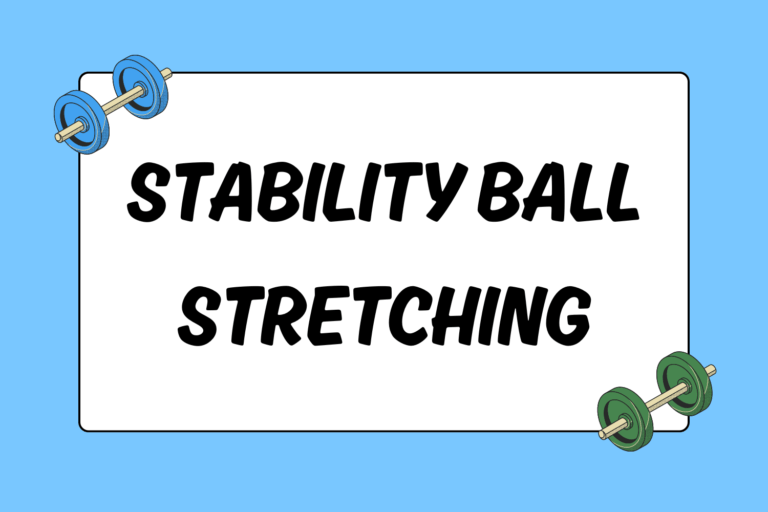The word “agility” refers to the ability to react and respond to outside stimuli without losing balance, postural alignment, or movement form. Agility is essential to all sports, as well as regular, everyday activities. Walking on a slippery street, moving away from an approaching car, and pulling a child’s hand away from a stove all require agility. This guide explores the benefits of different types of agility training exercise programs.
Roadblocks to Agility
Agility training requires coordination. If you’re somewhat uncoordinated, though, don’t worry: You can improve this skill set over time. Coordination and agility require four inter-related aspects of fitness:
- Optimal posture and alignment: A building is only as sturdy as its internal structure. Your body’s performance relies on proper alignment of your muscles, bones, joints, and ligaments.
- Balance: The ability to remain upright when transitioning between movements requires balance. It takes just one misaligned joint to throw your body off balance.
- Core strength: Your core assists in dynamic balance, but improper alignment causes other muscle groups to perform the core’s job. This compensation eventually weakens your core and impedes balance.
- Proprioception: Proprioception describes your body’s awareness of its position in space. The ability to react to stimuli requires awareness of your spatial relations. Improper alignment, poor balance, and a weak core impede proprioception.
If you have trouble with agility training, you may lack any or all of these aspects of fitness. A personal trainer can help you identify your muscular imbalances and alignment issues that slow down your reaction time.
Alignment Drill
Directional changes play a key role in agility training. Changing direction requires the ability to slow down without losing your postural alignment. To safely decelerate, you need to bend your knees and transfer your weight forward on the balls of your feet. Locked knees and weight on the heels causes you to torque your legs in order to change direction. This slows you down and strains your knee ligaments. Try this drill:
- Ask a friend to watch you jog.
- Gradually pick up speed.
- At random points in your jog, your friend yells “stop!”
- Check your alignment and body position.
Hot Tip: Have Fun!
Children, and even pets, are naturally agile. Kids jump rope, play tag and hopscotch. Animals chase each other outside. Children and pets become less agile when forced to perform predictable activities. Add an element of play to your agility training workouts.
Cats & Salamanders
Fitness specialist Paul Chek often references the cats and salamander theory of agility training. “Cats” are people who respond quickly to varying stimuli. Put a cat on a fitness program, and the person will want constant updates, variety, and advancements. Cats prefer “acyclic” sports, or sports that involve constant acceleration, deceleration, and directional changes. Examples include:
- Hockey
- Baseball
- Surfing
- Tennis
- Martial Arts
“Salamanders,” on the other hand, have slower reaction times. They prefer a predictable fitness-training program with minimal changes. Salamanders like cyclical sports, with repetitive movement patterns, such as:
- Running
- Machine weight training
- Swimming
If you fall into the latter group — the salamanders — try out some new exercises that involve directional changes and stop-and-go movements.
Unpredictable Training
Minor tweaks in your regular workouts gear your general conditioning program towards agility training. If you always run on concrete, a track, or a treadmill, experiment with cross-country running on uneven terrain. This modification will improve your balance and proprioception, while preventing boredom and burnout. If the elliptical machine is your preferred form of aerobic training, get off of the machine and into an aerobic or step class.
Following choreography enhances your reaction time. Instead of performing your free weight training on the weight bench, try it while standing on a balance board or sitting on a stability ball. When possible, abandon your lap-swimming routine and enjoy the constantly changing ocean waves.
Amazingly True Story
In 1998, former Olympic freestyle skier Chip Richards trained the Australian Freestyle Ski Team. The team showed extraordinary strength in the weight room, but they were prone to injuries on the slopes. Slight changes in terrain threw them off-balance. While their form was superb, their approach to skiing was robotic. Richards engaged in what he called “movement vocabulary expansion.” He had the team members play soccer, tennis, and other agility-based sports. The following season, the Australian team received their best results in international competition.
Agility Benefits
Aging can potentially slow down your reaction time, but it’s possible to remain agile no matter your age. This guide should help you design a fitness plan that works best for you, but it’s up to you to put it to action. Dedicate yourself to your goals, and you’ll undoubtedly notice the results.





